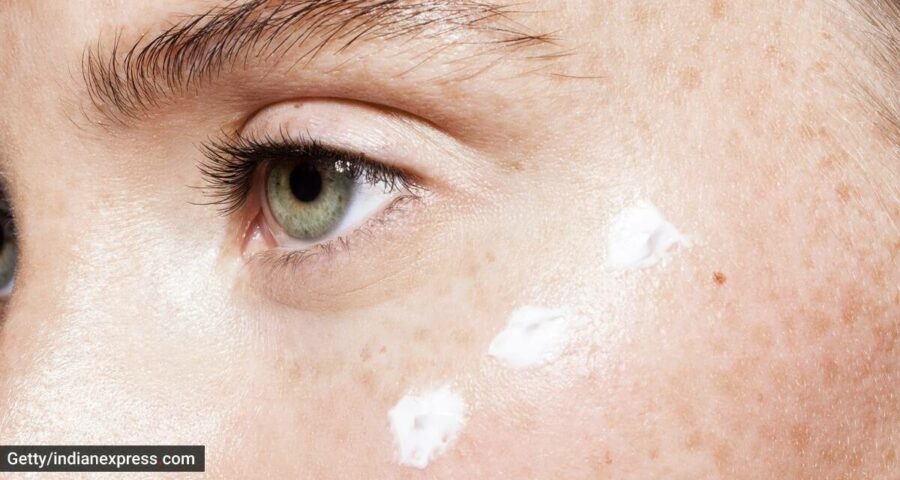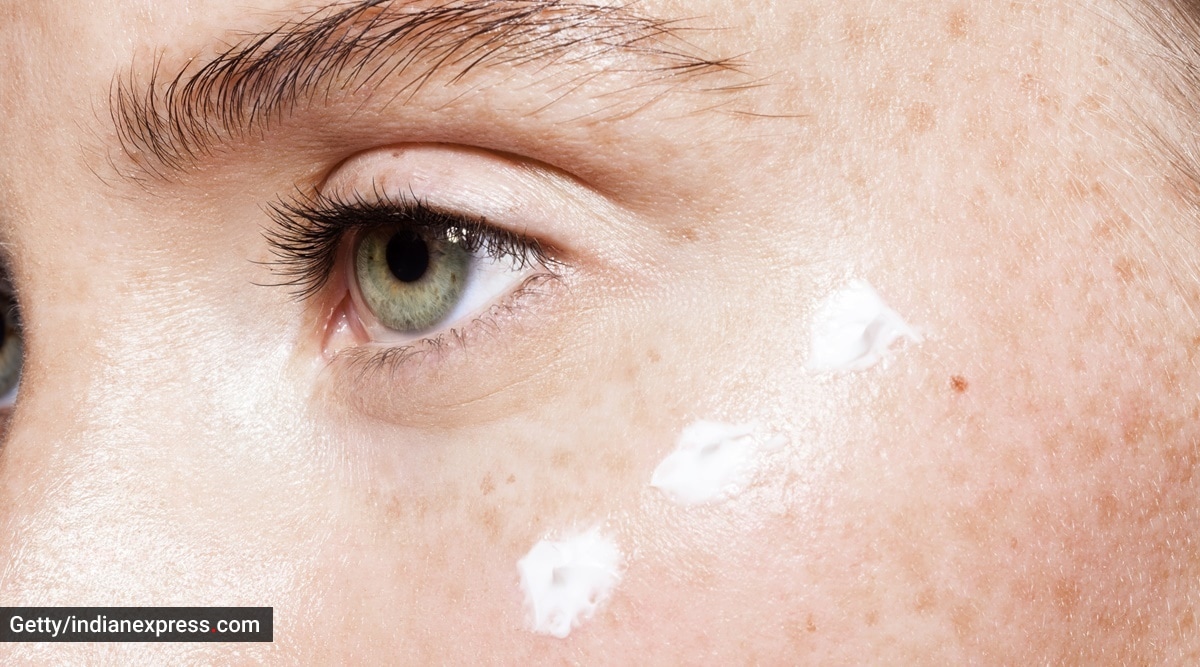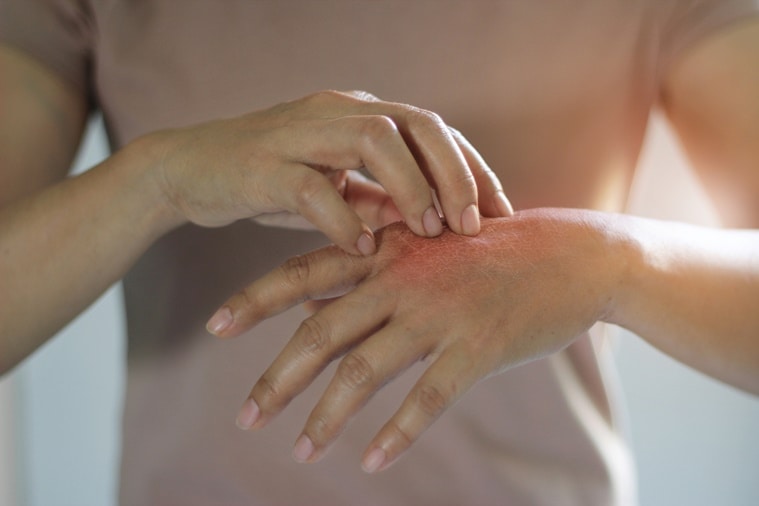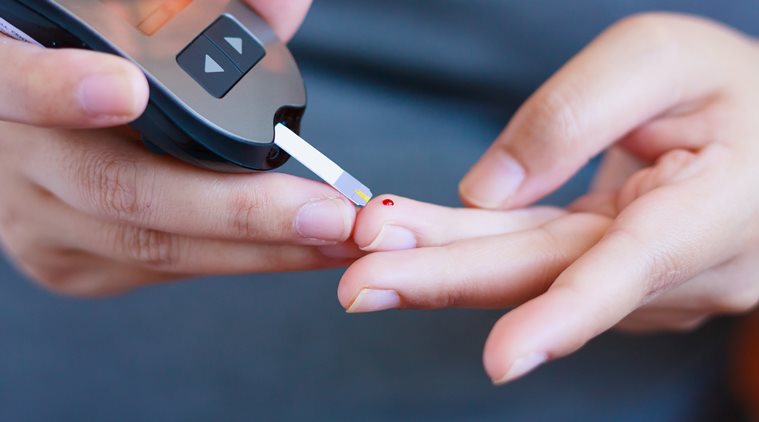Over 75 per cent of people around the world suffer from type 2 diabetes-related skin problems. Diabetes can cause new skin problems and worsen the old ones, said Dr Rinky Kapoor, consultant dermatologist, The Esthetic Clinics
Diabetes is no longer a disease of the select few, it has now become a mainstream lifestyle disease that has affected millions (men, women and children) around the world. The imbalanced sugar levels in the blood can adversely affect many organs of the body, including the skin. Most people with diabetes or pre-diabetic condition notice some recurring skin issues or have skin disorders at some point in their life. In some cases, the changes on the skin can be an indication of the onset of diabetes or if you already have diabetes, it means that your dosage needs to be adjusted, mentioned Dr Rinky Kapoor, consultant dermatologist, cosmetic dermatologist and dermato-surgeon, The Esthetic Clinics.
What causes skin problems in diabetics?
Over 75 per cent of people around the world suffer from type 2 diabetes-related skin problems. Diabetes can cause new skin problems and worsen old ones, said Dr Kapoor.
*High blood glucose because of diabetes leads to poor blood circulation in the body, thus the blood vessels and nerves do not get enough blood and nutrients and as a result, the white blood cells lose their ability to fight infections.
*Decreased blood circulation reduces the skin’s ability to heal and damages skin collagen thus robbing skin of its ability to ‘bounce’ back.
*Damaged skin cells lose the ability to function well and the skin experiences increased sensitivity to temperature and pressure.
Know the changes in your skin
The positive news is that with little awareness you can contain the skin issues in the early stages while also protecting your body from further damage because of the condition. Some common skin conditions in people with diabetes are:
Dry, irritated, red, and itchy skin
Increased blood sugar leads to the body draining fluid from skin cells in order to produce urine, which in turn makes the skin dry and cracked. Another reason for dry skin is diabetic neuropathy i.e. damage to the never endings, especially of legs and feet. Dry skin tends to become itchy and when we itch, it leads to cracks on the skin, providing an easy opening for infectious elements to enter the skin leading to inflammations, redness, and irritation on the skin.
Fungal infections
Fungal infections can happen to anybody but people with diabetes are more prone to it. Red, itchy rash accompanied with blisters and scales appears on the folds and warm areas of the body such as in between toes, in the fold of elbows or the armpits, corners of mouth etc. The common fungal infections in diabetic people are candida albicans, ringworm, athlete’s foot, jock itch, and recurring vaginal yeast infection.
Bacterial infections
People with diabetes suffer from more bacterial infections than normal people. Boils, folliculitis, styes on eyelids, carbuncles, and infections around the nails are common in diabetic people.
Necrobiosis Lipoidica
Small sold bumps appear on the skin which look similar to pimples but if ignored, they turn into patches of swollen and hard skin with yellow or reddish brown colour. Other indications are shiny skin surrounding the bumps, painful itchy skin, and visible blood vessels.
Acanthosis nigricans
This is actually a pre-diabetes condition in which the skin of armpits, groin, or neck turns very dark, thick, and velvety. This condition can also affect elbows, hands, and knees.
Digital sclerosis
It has nothing to do with excessive use of digital devices but it can make it difficult for you to use them. Symptoms include tight waxy skin around on hands and stiff fingers. The hard thickening skin makes it difficult to move the fingers and the disease can spread to toes, upper arms, knees, ankles, and even elbows.
ALSO READ | Tips for diabetes patients to manage their blood sugar
Diabetic blisters
Diabetic neuropathy causes sudden blisters to appear on the skin around the elbows, feet, or legs. They are not painful and heal on their own.
Diabetic ulcers
High blood glucose levels causes damage to the nerves and make it harder for the body to recognise and heal wounds. Open sores and wounds especially those on feet take a long time to heal and often go unnoticed.
Diabetic dermopathy or shin spots
Painless brown spots that look like sunspots appear near front of the legs. Some people also notice scales and depression in the skin. This condition happens because of changes in blood vessels.
Yellow patches around the eyelids
These are an indication of poorly managed diabetes. These patches often indicate high-fat levels in blood.
Atherosclerosis
This condition causes thickening of blood vessels leading to loss of hair, thinning, shiny skin, thickened and discoloured toenails, and slow healing of wounds.
People with history of diabetes in the family should also be on a look for symptoms of Vitiligo and Psoriasis.
Regular medication, exercise, and a controlled diet to keep diabetes under control can help control most skin problems. Proper skincare can help keep the problems at bay
*Keep skin clean and dry especially in the problem areas such as underarms, under the breasts, between toes and around the groin area.
*Check your body regularly for any problems
*Avoid a lot of hot showers.
*Moisturise twice a day
*Use lip balm regularly
*Treat wound immediately
*Drink lots of water
*Do not pop a blister or try to shave a skin tag
*Wear an SPF 40 sunscreen every day
*Treat the cuts and wounds immediately
*Include foods such as cinnamon, jamun, aloe vera, berries, tomato and amla, curd, lemongrass etc. in your diet
Home remedies
*Use a skin pack made of mixing two tablespoons of honey with half teaspoon of turmeric. Apply on skin and let it sit for 15-20 minutes. Honey moisturises the skin and turmeric helps fight infections.
*Apply ghee on the lips and areas around it to prevent the lips from chapping and corners becoming too dry.
*Keep the skin moist by using oatmeal paste on the skin. Colloidal oatmeal also helps control itching on the skin.
*Add a quarter cup of baking soda to a warm bath. This will help relieve some fungal infections.
*Mix some tea tree oil with your regular moisturiser or add a few drops to virgin coconut oil. Tea tree oil helps contain itchy rashes.
Note: Consult your dermatologist to know more about correct skin management with diabetes. Do not ignore the skin condition for long such that it becomes difficult to treat.
For more lifestyle news, follow us: Twitter: lifestyle_ie | Facebook: IE Lifestyle | Instagram: ie_lifestyle
Source: Read Full Article




